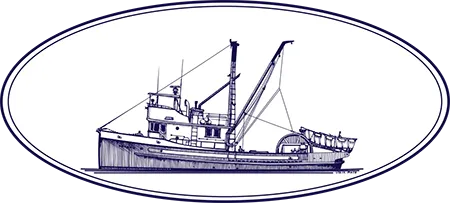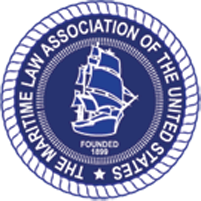The London newspaper Guardian reported yesterday that Carnival Cruise Lines has opened talks on compensation with the survivors of last week’s shipwreck.
One may assume that, in keeping with the practice of vessel owners and their underwriters in other shipwreck cases, Carnival is trying to settle quickly with claimants, before they retain lawyers to investigate the facts and make claim for the full amounts due under the maritime law.
Based upon facts which are coming to light, enormous sums will be due to compensate the families of the dead and survivors who have been traumatized by the disaster.
Eleven passengers and crew are known to have died, and 21 are still not accounted for.
Prosecutors investigating the disaster were, according to the Guardian report, anxious to explore why more than an hour had elapsed between the moment at which the liner hit a rock, and the order to abandon ship.
Investigators wanted to know whether the 68-minute period that elapsed during the course of these calls was because Schettino had underplayed or underestimated the gravity of the damage sustained by the liner, or because Costa Cruises, a subsidiary of Miami-based Carnival, had been reluctant to sanction a decision to evacuate that might cost it millions of euros in compensation, the paper said.
If the latter motive impeded Carnival’s response to the shipwreck in any degree, this would seem to provide sound basis for punitive damage claims under the maritime law. These are damages awardable for callous, wilful and outrageous behavior.
The company has tried to place the entire blame for the incident on the captain. At a news conference the company’s chairman said the captain had not sought permission to deviate from his route in order to skirt the shoreline of Giglio, reportedly as a tribute to a retired skipper living on the island.
But new evidence has emerged of another “salute” made by the COSTA CONCORDIA as it passed within a few hundred yards of a different Italian island.
Evidence of Costa Cruises’ enthusiasm for “salutes” can be found on the firm’s blog in an entry describing how, in September 2010, the Costa Concordia under Schettino’s command passed close to the island of Procida in the bay of Naples.
The blog said the salute provided “great excitement not only for the islanders but also for the numerous tourists present … [It was] doubtless a joy and a novelty for all, including the guests of the Costa Concordia, ready with their cameras on the external decks to immortalise that unique moment and celebrate and salute with flags and handkerchiefs.”
Costa Cruises’ chairman said the company had reviewed the COSTA CONCORDIA’s intended course and that the vessel was not to pass within 500 yards of the island.
But his assertion has been called into question by the London maritime daily Lloyds List, which published a map based on Lloyds List Intelligence tracking data. This indicated that the earlier course took the Costa Concordia within 230 metres of land, close to the point at which the ship hit the rocks last Friday.
All indications are that Carnival’s Italian subsidiary was at fault in several respects:
1. An incompetent captain was placed in command of the ship.
2. The practice of “saluting” (one might as well say “buzzing”) islands was not only tolerated but, in fact, encouraged by the ship operator.
3. No abandon ship drill was conducted at the outset of the voyage.
4. The order to abandon ship may have been delayed on the basis of financial
considerations.
Much further investigation of each of these and other allegations of shipowner’s fault will be conducted. However, any maritime lawyer viewing this disaster will recognize that Carnivel Cruise Lines’ subsidiary was negligent at the very least. For punitive damages to be awarded, more than negligence will need to be shown, and it appears more than negligence may be necessary to break limitation of liability under the applicable law. (See, previous BOATLAW Blog post.) Early reports indicate that more than mere negligence may well have been involved.











